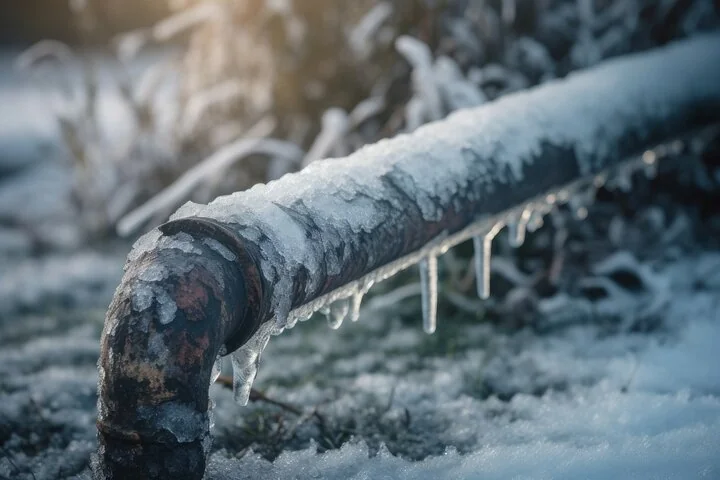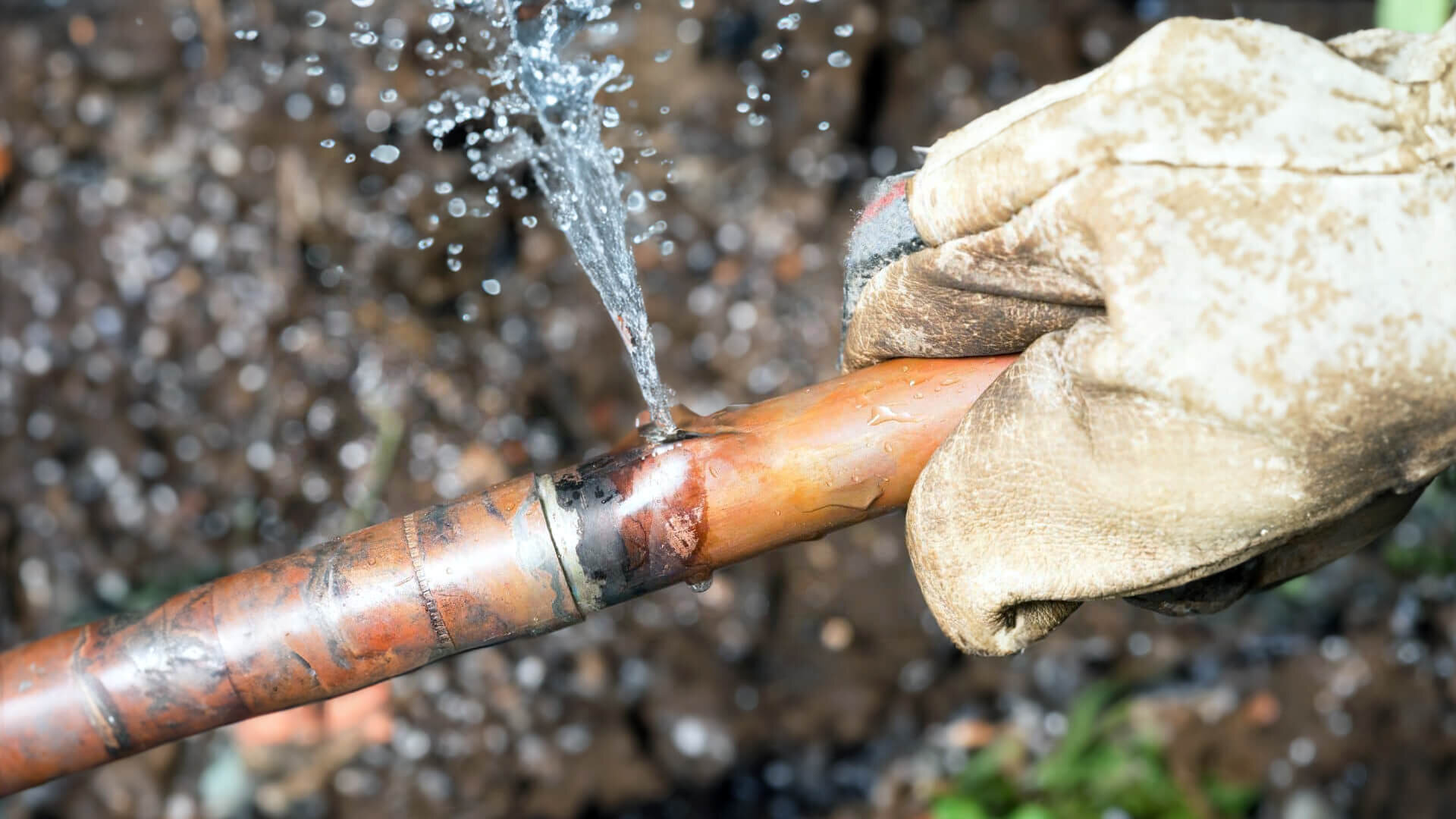What to Do When a Burst Pipe Causes Water Damage in Your Home
What to Do When a Burst Pipe Causes Water Damage in Your Home
Blog Article
Protecting Against Burst Pipeline: Crucial Tips to Shield Your Pipes
Stopping ruptured pipelines is an essential issue for house owners, particularly during cooler months when the risk of freezing is increased. Applying tactical procedures such as correct insulation, regular inspections, and keeping regular indoor temperature levels can considerably minimize the likelihood of pipeline failing.
Understand Pipeline Vulnerabilities
Recognizing pipe vulnerabilities is essential for effective pipes maintenance and stopping pricey damage. A number of elements contribute to the sensitivity of pipelines to bursts, consisting of product structure, age, and ecological problems. Older pipelines, specifically those made from galvanized steel or polybutylene, commonly deteriorate over time, resulting in increased risk of tears and leaks.
Temperature fluctuations can also dramatically influence pipe stability. In cooler environments, water entraped in pipelines can ice up, putting in and expanding pressure on the pipe wall surfaces, which may ultimately cause a ruptured. Moreover, high water stress can strain pipes, particularly at bends and joints, increasing the possibility of failing.

Insulate Pipes Correctly
Proper insulation of pipes is critical for avoiding freezing and succeeding ruptureds during winter (burst pipe). Protecting your plumbing system effectively safeguards versus temperature level goes down that can lead to pricey damage. Begin by determining prone areas where pipes are revealed to outdoor temperatures, such as cellars, attics, and exterior wall surfaces
Usage foam pipeline insulation sleeves or wrap insulation tape around these areas to give a protective obstacle. Make sure that all sections of the pipes, particularly those with restricted warm exposure, receive appropriate insulation. Pay unique interest to joints and fittings, as these are more prone to freezing.
When shielding, it's important to select materials that fulfill neighborhood building regulations and are ideal for the certain atmosphere. For circumstances, fiberglass insulation is commonly suggested for its thermal resistance properties - burst pipe. In addition, think about making use of heat cables or tape in severe problems, which can be connected in to supply supplementary warmth
Frequently evaluate shielded pipelines for any kind of indications of wear or damages, as endangered insulation can decrease its efficiency. By taking these proactive steps, you dramatically reduce the risk of pipeline ruptureds, ensuring a trustworthy plumbing system throughout the cold weather.
Maintain Consistent Temperature
A steady indoor temperature level is vital for stopping burst pipelines during the freezing months. When temperature levels decline, water within pipelines can ice up, broadening and creating stress that might eventually trigger the pipelines to burst. To alleviate this risk, homeowners need to maintain a consistent temperature throughout their living area, ideally no less than 55 ° F(13 ° C)Using a programmable thermostat can assist take care of interior temperature levels properly, ensuring that spaces with plumbing remain cozy also when the residence is vacant. Pay unique focus to locations that are more vulnerable to chilly, such as cellars, attic rooms, and garages. Maintaining cabinet doors open under sinks can also allow warmer air from the home to distribute around pipes.
This small flow of water can protect against freezing by easing stress within the pipelines. By implementing these approaches, property owners can significantly reduce the risk of pipeline bursts and protect their plumbing systems versus the extreme winter months aspects.
Consistently Inspect Pipes
Routine evaluations of pipes systems are important for stopping ruptured pipes and keeping general home honesty. During these assessments, it is important to examine noticeable pipelines for indications of rust, leaks, or wear.
Additionally, examining connections and joints is essential, as these factors are often vulnerable to leaks. House owners need to additionally assess water stress degrees, as extreme stress can strain the plumbing system and enhance the danger of pipeline ruptureds.
Consider organizing expert pipes evaluations site a minimum of once a year, particularly before wintertime, to guarantee your system is planned for colder temperature levels. Normal examinations not just aid in identifying prompt problems yet additionally foster long-term upkeep methods that can boost the lifespan of your plumbing system. By being aggressive in your technique, you can secure your home versus the turbulent and pricey consequences of burst pipelines. Focusing on pipes evaluations is a financial investment in your home's wellness and safety and security.
Know Emergency Situation Treatments
Understanding emergency situation treatments is vital for each homeowner, particularly after performing regular plumbing inspections. Being planned for a pipes emergency can substantially alleviate damages and conserve expenses. Situate your main water shut-off shutoff; it is commonly found near the water meter or where the major line enters your home. Acquaint on your own with its operation, as closing off the water supply swiftly can prevent extensive flooding.
Next, maintain necessary devices useful. A pipes emergency situation set should consist of a wrench, bettor, and towels, along with a flashlight and a container for tiny leakages. Additionally, think about having the get in touch with information for a trusted plumbing easily offered, needs to the circumstance intensify past your control.
If you find a leakage or burst pipeline, right away shut off the water and inform your plumbing technician. Additionally, document the damage with photographs for insurance functions. burst pipe. Know the indicators of possible plumbing problems, such as uncommon water stress variations or damp spots on walls
Ultimately, positive understanding and swift action are vital in managing plumbing emergency situations, ensuring your home remains safeguarded and reducing possible damage.

Verdict
To conclude, protecting against burst pipelines necessitates a complex approach that includes understanding pipe vulnerabilities, appropriate insulation, preserving consistent indoor temperatures, routine evaluations, and expertise of emergency procedures. By executing these crucial why not check here techniques, the risk of pipes failures can be considerably lowered, therefore ensuring the durability and efficiency of the pipes system. Proactive procedures not only safeguard versus possible damages but additionally add to overall water conservation and the defense of property.
In cooler environments, water webpage entraped in pipes can ice up, exerting and broadening pressure on the pipeline wall surfaces, which might inevitably lead to a ruptured. When temperatures decline, water within pipelines can ice up, broadening and producing stress that might inevitably trigger the pipes to burst. By executing these methods, house owners can significantly reduce the danger of pipe bursts and protect their pipes systems versus the extreme winter aspects.

Report this page